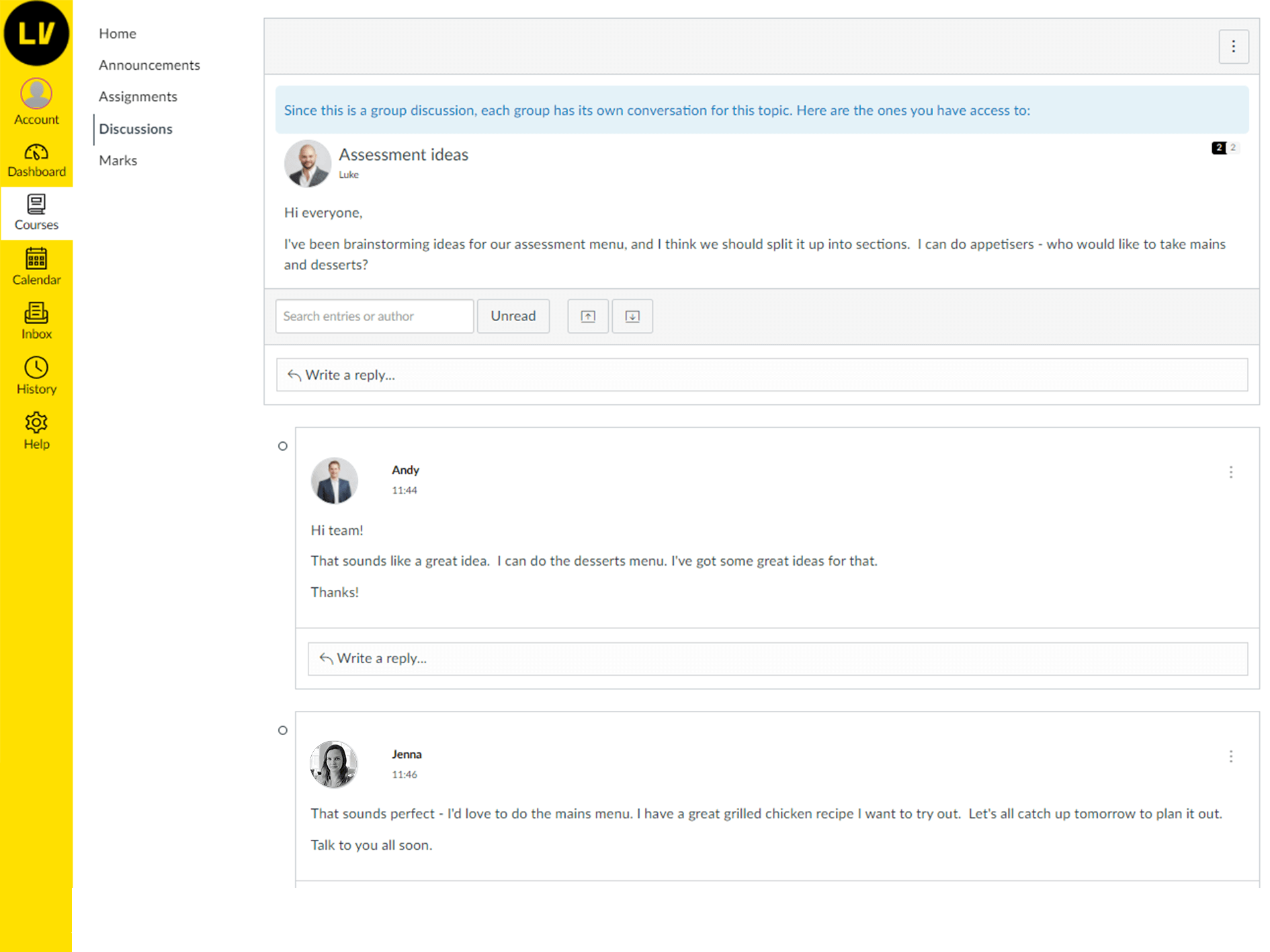
Humans are a diverse and interesting bunch. Just as our passions and interests vary, so do our learning methods. There are several commonly-accepted learning styles that help to provide some framework for those who are developing content and delivering training.
Some students may favour a visually logical approach, others may gain more from audio and video. Most students use a blend of learning styles.
Interestingly, the COVID-19 shut downs of 2020 which drove most learning online, benefited students with certain learning styles over others.
Let’s take a look at these learning styles and the types of content that work well for each.
Visual or spatial students learn by seeing.
Visually-focussed content can help many students to solidify concepts and interpret context in a more memorable fashion. Emotion and visual information are processed in the same part of the human brain, generating memories.
Training materials incorporating colour, photography, icons and illustrations can help these types of learners to make sense of ideas.
Sample of Learning Vault e-learning content.
Aural students learn effectively through sound and music.
Aural students will learn well from lectures and from musical mnemonics. Combine audio and visual and you have video – one of the key techniques we use to make our resources more engaging.
Why is video such an important tool for teaching? The human brain processes video 60,000 times faster than it does text. In addition, students remember only 10% of textual content, 65% of visual content, but 95% of audio-visual content.
Sample of Learning Vault e-learning content.
Verbal students like to talk or write about concepts.
These are the note-takers you would usually see in a lecture theatre. These learners are particularly interested in learning from the words they hear, adapting them into their own words, which assists memory and understanding. People who favour a verbal learning style benefit from writing out ideas in short answer assessments and reinforcing concepts via forum discussions.
Logical students learn using reasoning and systems.
Logical learners like having access to models and systems that help them make sense of a process or practice. This learning style favours organisation and systemisation.
Information should be set out clearly and visually, with an effective hierarchy of importance, and a well-defined course outline is a must.
Physical or kinaesthetic students use their sense of touch to learn.
Kinesthetic learners process information best when they are physically engaged during the learning process. This learning style favours practise over theory.
Kinaesthetic students do well from shorter lessons and regular breaks, so content is best broken into smaller sections. As with verbal students, typing or writing out answers can be of benefit.
Social students gain value from interpersonal interactions.
Social-type learners love to work in groups and bounce ideas off one another. These students often love sharing knowledge with their peers, but are also great listeners.
This is where the forum and messaging functionality within an LMS such as Canva really proves its worth.
Group discussion function in an LMS.
Solitary or intrapersonal students like to use self-study.
Many learners were plunged unexpectedly into this mode of learning during the shut-downs last year, which may have benefited some, but not others!
This style perfectly suits a self-paced online course, as students can progress through units in their own style and access one-on-one support from training staff as needed.
Remember, students aren’t generally limited to just one learning style but by appealing to all approaches a well-designed course will see strong engagement and completion rates.
To see how various types of content can suit individual learning styles, get in touch so we can demo Learning Vault’s industry-leading e-learning content.


